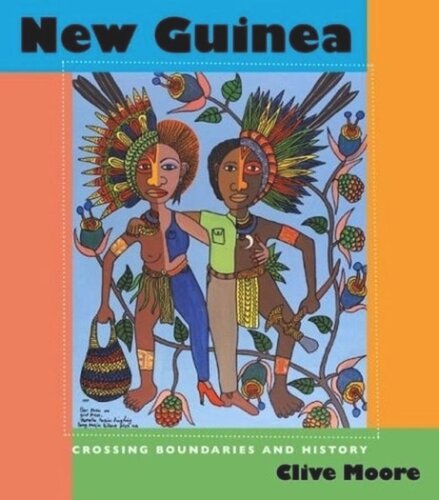

Most ebook files are in PDF format, so you can easily read them using various software such as Foxit Reader or directly on the Google Chrome browser.
Some ebook files are released by publishers in other formats such as .awz, .mobi, .epub, .fb2, etc. You may need to install specific software to read these formats on mobile/PC, such as Calibre.
Please read the tutorial at this link: https://ebookbell.com/faq
We offer FREE conversion to the popular formats you request; however, this may take some time. Therefore, right after payment, please email us, and we will try to provide the service as quickly as possible.
For some exceptional file formats or broken links (if any), please refrain from opening any disputes. Instead, email us first, and we will try to assist within a maximum of 6 hours.
EbookBell Team

0.0
0 reviewsNew Guinea, the world's largest tropical island, is a land of great contrasts, ranging from small glaciers on its highest peaks to broad mangrove swamps in its lowlands and hundreds of smaller islands and coral atolls along its coasts. Divided between two nations, the island and its neighboring archipelagos form Indonesia’s Papua Province (or Irian Jaya) and the independent nation of Papua New Guinea, both former European colonies. Most books on New Guinea have been guided by these and other divisions, separating east from west, prehistoric from historic, precontact from postcontact, colonial from postcolonial.
This is the first work to consider New Guinea and its 40,000-year history in its entirety. The volume opens with a look at the Melanesian region and argues that interlocking exchange systems and associated human interchanges are the "invisible government" through which New Guinea societies operate. Succeeding chapters review the history of encounters between outsiders and New Guinea's populations. They consider the history of Malay involvement with New Guinea over the past two thousand years, demonstrating the extent to which west New Guinea in particular was incorporated into Malay trading and raiding networks prior to Western contact. The impact of colonial rule, economic and social change, World War II, decolonization, and independence are discussed in the final chapter.